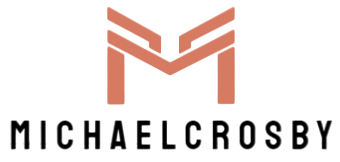Navigating change is an essential aspect of any successful organization’s journey, especially in today’s dynamic and fast-paced business landscape. Adapting swiftly to new challenges and opportunities can make all the difference between thriving and lagging behind. One strategy that has gained prominence in recent years is employee monitoring, a practice that involves tracking and analyzing employee activities and performance to enhance productivity and drive organizational growth. While some may view this approach as invasive, when implemented with transparency, respect for privacy, and a focus on mutual benefit, it can play a pivotal role in facilitating seamless adaptation to change. In the face of transformative shifts, such as technological advancements, market disruptions, and global crises, companies are under constant pressure to evolve. Employee monitoring offers a set of tools that can empower organizations to respond effectively to these changes. By gaining insights into how employees utilize their time, which tasks are most time-consuming, and where bottlenecks occur, businesses can streamline processes, allocate resources more efficiently, and identify areas ripe for innovation.
Monitoring software can also track progress towards goals, providing real-time data that aids in strategic decision-making. This agility in adapting to change can mean the difference between being a market leader and struggling to keep up. However, the concept of employee monitoring is not without its controversies. Critics argue that excessive surveillance can erode trust, create a sense of constant scrutiny, and infringe upon employees’ autonomy. To harness the benefits of employee monitoring without compromising employee morale and well-being, organizations must tread carefully. Transparent communication is paramount – employees should be informed about what data is being collected, how it will be used, and the potential benefits to both the company and themselves. Moreover, safeguards must be in place to protect sensitive information, ensuring that the data collected is used solely for its intended purpose and is not misappropriated.
When implemented ethically with genuine focus on employee monitoring software free, monitoring can also serve as a tool for growth and skill enhancement. By identifying individual strengths and weaknesses, organizations can tailor training programs to address specific needs, fostering a culture of continuous learning. Employees can receive personalized feedback based on concrete performance metrics, enabling them to take ownership of their professional development and contribute more effectively to the company’s success. In conclusion, as organizations grapple with the constant winds of change, the ability to adapt swiftly becomes a cornerstone of success. Employee monitoring, when approached thoughtfully and transparently, can be a valuable asset in this endeavor. By providing actionable insights, enhancing accountability, and supporting skill development, monitoring empowers both employees and organizations to navigate change with resilience and agility. Striking the right balance between data-driven decision-making and respecting individual privacy is essential, ensuring that the practice contributes to a collaborative and growth-oriented workplace where everyone is aligned towards a common goal – thriving in the face of change.

